Learning
The focus of this assignment is to evaluate a reference resource in our learning commons with the intent to determine if it is appropriate for our library or if a replacement is needed. The reference resource I have chosen to focus on is our World Book Encyclopedia series (2009). Our library’s reference section is somewhat thin and outdated. It is difficult to keep it up to date because a lot of these books are expensive and quickly become outdated. This is the only multi-volume encyclopedia set we currently have available in our library and the only reason it hasn’t been weeded is that it is still used as a teaching tool when introducing students to research using reference sources such as encyclopedias. Print encyclopedias have a place in elementary school libraries but given the replacement cost of this resource, how quickly they become outdated and the fact that we have access to World Book Online it may not necessarily make sense to replace it with an identical updated version.
Rubric for assessing a Reference Resource:
| Reference Work |
Not Meeting |
Meeting |
Exceeding |
| Relevancy |
Not many visuals or visuals are unappealing for audience.
Authors and publishers with little or no authority/no author found. |
Visuals further content understanding and engage reader.
Authors and publishers with good authority.
|
Visuals are highly engaging and age appropriate and strongly connect to content.
Authors and publishers with excellent authority. |
| Purpose |
Expensive and may need to be replaced frequently.
Difficult to navigate – organization is illogical.
Information is presented with bias or connected to commercial agencies.
Resource is created to sell or sway reader’s opinion. |
Cost effective.
Easily navigated-table of contents/index/
glossary are available.
Minimal level of bias.
Information of presented with no intention to sell or sway reader’s opinion.
Resource is created for educational purposes with possible connection to commercial agency. |
Little or no cost to the library.
Logical sequence
Obvious and logical navigation available – table of contents/index/glossary simple to follow.
No level of bias.
Information is presented in a neutral way.
Resource is created for educational purposes only. |
| Currency |
10 years +.
Little of no updates available.
Little or no search features.
Information is out-of-date. |
5-10 years old.
Updated yearly.
Basic search features. |
Less than 5 years old or is continuously updated.
Link maintenance
Basic and advanced search features. |
| Curricular Connection |
Materials meet some of the curriculum.
Content is presented in singular format, reading level and student needs.
Does not reflect student interests and cultural background of student population |
Materials meet most of the curricular needs.
Content is presented in a few formats, languages and reading levels.
Meets from variance of student needs.
Somewhat reflects student interests and cultural background of student population |
Materials meet all of the curricular needs.
Content presented in different formats, languages and reading levels.
Meets diverse student needs.
Strongly reflects student interests and cultural background of student population. |
| Use of Lib. Space |
Stored on high shelf out of reach for most patrons.
Occupies an entire shelf or is difficult to fit on shelf.
Meets the needs of a few learners.
Complex organization that is difficult to follow. |
Accessible for all patrons most of the time.
Fits easily on one shelf or does not take up any shelf space (digital).
Meets the needs of most learners.
Organization can be followed with some direction. |
Easily accessible for all patron use.
Takes up little or no space in the library.
Meet the needs of diverse learners.
Organization is user-friendly.
How to use the materials is explained clearly. |
Reference Resource to be replaced:

World Book. (2009). World Book Discovery Encyclopedia: series.
| Reference Work |
Not Meeting |
Meeting |
Exceeding |
| Relevancy |
Not many visuals or visuals are unappealing for audience.
Authors and publishers with little or no authority/no author found. |
Visuals further content understanding and engage reader.
Authors and publishers with good authority.
|
Visuals are highly engaging and age appropriate and strongly connect to content.
Authors and publishers with excellent authority. |
| Purpose |
Expensive and may need to be replaced frequently.
Difficult to navigate – organization is illogical.
Information is presented with bias or connected to commercial agencies.
Resource is created to sell or sway reader’s opinion. |
Cost effective.
Easily navigated-table of contents/index/ glossary available.
Minimal level of bias.
Information of presented with no intention to sell or sway reader’s opinion.
Resource is created for educational purposes with possible connection to commercial agency. |
Little or no cost to the library.
Logical sequence
Obvious and logical navigation available – table of contents/index/glossary simple to follow.
No level of bias.
Information is presented in a neutral way.
Resource is created for educational purposes only. |
| Currency |
10 years +.
Little of no updates available.
Little or no search features.
Information is out-of-date. |
5-10 years old.
Updated yearly.
Basic search features. |
Less than 5 years old or is continuously updated.
Link maintenance
Basic and advanced search features. |
| Curricular Connection |
Materials meet some of the curriculum.
Content is presented in singularformat, reading leveland student needs.
Does not reflect student interests and cultural background of student population. |
Materials meet most of the curricular needs.
Content is presented in a few formats, languages and reading levels.
Meets some variance of student needs.
Somewhat reflects student interests and cultural background of student population. |
Materials meet all of the curricular needs.
Content presented in different formats, languages and reading levels.
Meets diverse student needs.
Strongly reflects student interests and cultural background of student population. |
| Use of Lib. Space |
Stored on high shelf out of reach for most patrons.
Occupies an entire shelf or is difficult to fit on shelf.
Meets the needs of a few learners.
Complex organization that is difficult to follow. |
Accessible for all patrons most of the time.
Fits easily on one shelf or does not take up any shelf space (digital).
Meets the needs of most learners.
Organization can be followed with some direction. |
Easily accessible for all patron use.
Takes up little or no space in the library.
Meet the needs of diverse learners.
Organization is user-friendly.
How to use the materials is explained clearly. |
Relevancy: Although this resource has very well-known affiliation of “Reader’s Digest” and “Canadian Geographic”, the publisher and author are lesser known. As well, there are many colour visuals that strongly connect to the content; however, since the date of publication is 2009, it is now 12 years old and the visuals are dated and therefore unappealing to current students.
Purpose: In 2009, this resource cost $69.95, which, on a library budget is quite expensive and since this is a print resource about Canada, the content changes rapidly so if the library wants to supply reference resources with current content, the resource would need to be replaced at least every 5 years. There is a table of contents, a map index, and a thematic subject index that make it easy to navigate the contents but a bit complex for younger users. There is no glossary present so it would indicate that the resource is intended for users who already understand the vocabulary in the resource. The resource is affiliated with a commercial agency, “Reader’s Digest”, but the information is presented for educational purposes without bias and without any intention to sell or sway the reader. This resource is a Canadian atlas, so the purpose is singular.
Currency: This resource was published in 2009, making it 12 years old. It is a print resource; therefore, the search features are finite, and it cannot be updated automatically so much of the content is out-of-date.
Curricular connection: The contents of this resource focus on Canadian maps and facts about Canadian geography, environment and peoples. The contents may still meet some of the curricular needs, but it is difficult for students to know what information is still accurate, so it makes the resource unusable. As well, the information is presented with the intention for higher level readers only, with a lot of words in a small font. The contents are Canadian so it is well-suited to meet the interests and cultural background of most students in a Canadian Elementary or middle school.
Use of library space: This is a very large, heavy book with the spine measuring 37 cm tall, the covers measuring 45 cm diagonally, and weighing 4 lbs. Therefore, it is difficult to fit on a regular shelf, so it was stored on a low shelf out of reach for most patrons. The size and storage for this resource makes it challenging for most patrons to use.
In conclusion, this resource will be removed from the Library Learning Commons because it is NOT MEETING the criteria for a Reference Resource. I think it would be acceptable to keep them with the teacher resources in case they had some use of them as they are still being circulated in the Learning Commons.
New Reference Resource:
Home Smithsonian Institute. (2020). Retrieved 6 February 2022, from https://www.si.edu/
Search | Everything | Smithsonian Learning Lab. (2020). Retrieved 6 February 2022, from https://learninglab.si.edu/
| Reference Work |
Not Meeting |
Meeting |
Exceeding |
| Relevancy |
Not many visuals or visuals are unappealing for audience.
Authors and publishers with little or no authority/no author found. |
Visuals further content understanding and engage reader.
Authors and publishers with good authority.
|
Visuals are highly engaging and age appropriate and strongly connect to content.
Authors and publishers with excellent authority. |
| Purpose |
Expensive and may need to be replaced frequently.
Difficult to navigate – organization is illogical.
Information is presented with bias or connected to commercial agencies.
Resource is created to sell or sway reader’s opinion. |
Cost effective.
Easily navigated-table of contents/index/
glossary are available.
Minimal level of bias.
Information of presented with no intention to sell or sway reader’s opinion.
Resource is created for educational purposes with possible connection to commercial agency. |
Little or no cost to the library.
Logical sequence
Obvious and logical navigation available – table of contents/index/glossary simple to follow.
No level of bias.
Information is presented in a neutral way.
Resource is created for educational purposes only. |
| Currency |
10 years +.
Little of no updates available.
Little or no search features.
Information is out-of-date. |
5-10 years old.
Updated yearly.
Basic search features. |
Less than 5 years old or is continuously updated.
Link maintenance
Basic and advanced search features. |
| Curricular Connection |
Materials meet some of the curriculum.
Content is presented in singular format, reading level and student needs.
Does not reflect student interests and cultural background of student population |
Materials meet most of the curricular needs.
Content is presented in a few formats, languages and reading levels.
Meets from variance of student needs.
Somewhat reflects student interests and cultural background of student population |
Materials meet all of the curricular needs.
Content presented in different formats, languages and reading levels.
Meets diverse student needs.
Strongly reflects student interests and cultural background of student population. |
| Use of Lib. Space |
Stored on high shelf out of reach for most patrons.
Occupies an entire shelf or is difficult to fit on shelf.
Meets the needs of a few learners.
Complex organization that is difficult to follow. |
Accessible for all patrons most of the time.
Fits easily on one shelf or does not take up any shelf space (digital).
Meets the needs of most learners.
Organization can be followed with some direction. |
Easily accessible for all patron use.
Takes up little or no space in the library.
Meet the needs of diverse learners.
Organization is user-friendly.
How to use the materials is explained clearly. |
Relevancy: This resource has a very well-known Smithsonian affiliation and therefore has a good reputation so all patrons can trust the content provided through any links on the website. On every page of the website, there are visuals that appeal to patrons of varying interests.
Purpose: Si.edu is a free resource with no advertising popups! The information is presented without bias and is for educational purposes only. From the homepage, there is an easy to use navigation bar with many links to suit the needs of a wide variety of patrons. For example, on the homepage, one link on the navigation bar is “Learn and Explore” which has resources “For Educators”, “For Kids”, “For Researchers” and “Collections”. In addition to offering information about various world locations, their environments and peoples, this site supplies information on almost every topic one can think of. So, this site can be used for multiple purposes which makes it extremely cost effective.
Currency: As a web resource, it is continuously updated and therefore the content is always current. Every link works, contains current content and each connects to educational contents always within the Smithsonian Institute website.
Curricular connection: This site meets all of the curricular content and more. It meets a variety of diverse patron needs by offering many different links through the homepage. If a student patron clicks on the “For Kids” link, it offers a selection of resources like games that reinforce a variety of content reflecting curriculum. Links can be found for all ability levels, interests and cultural connections. Under the “For Educators” link there is another link to “Learning Labs” where patrons can search almost any curricular topic, create a log-in and save links to favourite resources within the Learning Labs.
Use of library space: As a website, it takes up no extra space in the library and is easily accessible for all patron use. The website is well-organized and clearly explains how to use the various resources. The website offers content in different views that patrons can choose to meet their learning needs. I will be sure to demo the website with my students and teachers and allow them time to navigate the site.
In conclusion, Si.edu, Smithsonian Institute website, will be selected as a new resource for the Library Learning Commons because it is EXCEEDING the criteria for a Reference Resource. We will add a link to this website on our learning commons page and provide students with a “how to” video and a demonstration so they understand how to use the resource.
References:
Asselin, M., Branch, J., & Oberg, D., (Eds). (2003). Achieving information literacy: Standards for school library programs in Canada. Ottawa, ON: Canadian School Library Association &
The Association for Teacher-Librarianship in Canada (pp. 32-33).
Home Smithsonian Institute. (2020). Retrieved 6 February 2022., from https://www.si.edu/
Riedling, A. (2013). Reference skills for the school library media specialist: Tools and tips, (Third Ed.). Santa Barbara, CA.: Linworth, an Imprint of ABC-CLIO, LLC (pp.22-23).
Search | Everything | Smithsonian Learning Lab. (2020). Retrieved 6 February 2022, from https://learninglab.si.edu/search?st=energy&st_op=and&item_type=collections
The Sage Colleges. (2020). Evaluating Sources: TRAP. Retrieved 6 February 2022, from Libraries.sage.edu.
World Book. (2009). World Book Discovery Encyclopedia: series.
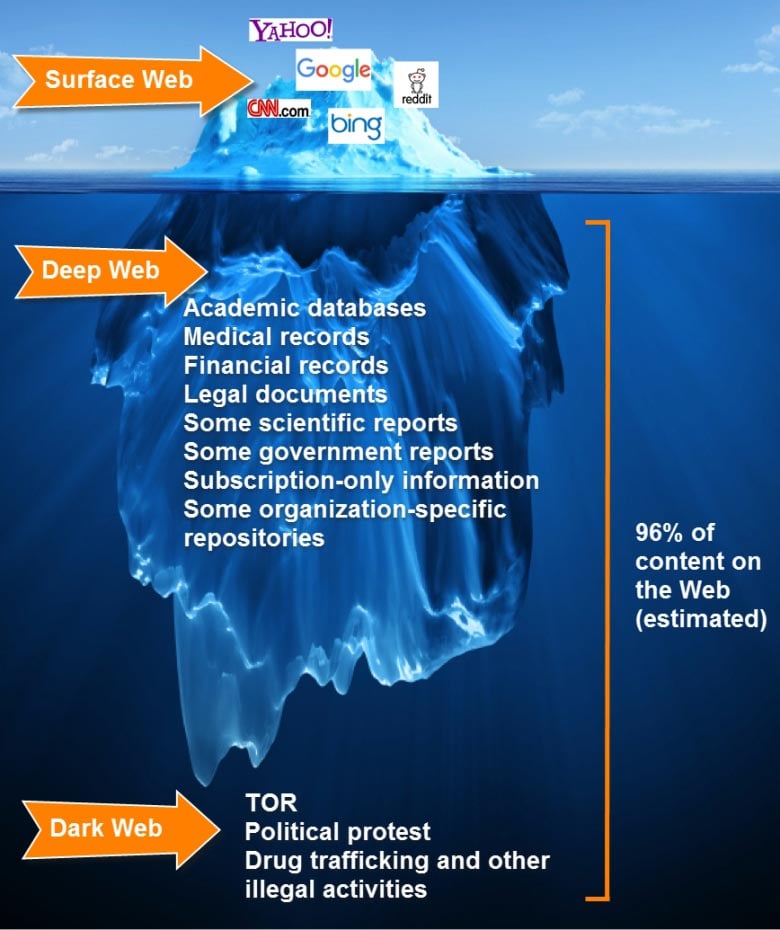


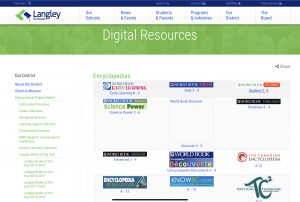
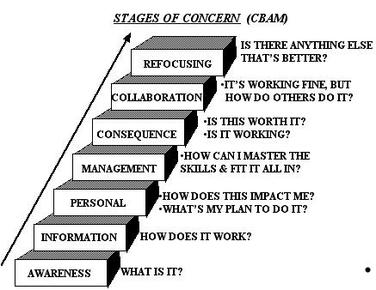
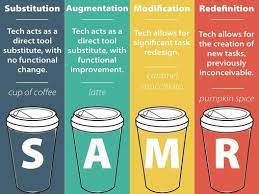
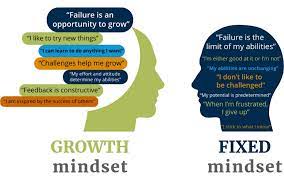
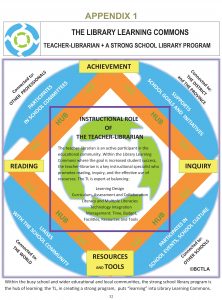


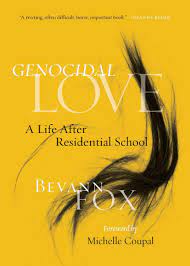 , while more news was coming out about children being found in residential schools. I was of course thinking about what I can do this fall to help my staff and students in regards to this news. At first, my inquiry was how can I use digital sources and resources to help support reconciliation? I was a little overwhelmed because there are so many sources out there. I began by creating a curation of digital books that focused on residential schools. They are all mostly picture books but could most definitely be used for ANY age. The books are fantastic and as mentioned before they are all authentic and mostly local, Indigenous books that will be very helpful to support Orange Shirt Day, or any day throughout the year.
, while more news was coming out about children being found in residential schools. I was of course thinking about what I can do this fall to help my staff and students in regards to this news. At first, my inquiry was how can I use digital sources and resources to help support reconciliation? I was a little overwhelmed because there are so many sources out there. I began by creating a curation of digital books that focused on residential schools. They are all mostly picture books but could most definitely be used for ANY age. The books are fantastic and as mentioned before they are all authentic and mostly local, Indigenous books that will be very helpful to support Orange Shirt Day, or any day throughout the year.
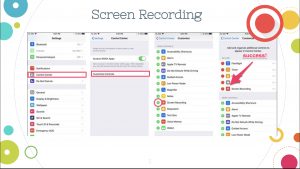 With a few touches of a button I was ready to record. It took me a few tries to get it right. But otherwise it was pretty seamless. I think I really just had to get over my own ego and the thought that this had to be perfect. I came to realize that a lot of digital resources I may create in the future may not be perfect either. But, as long as I am learning, growing, reflecting and serving my school, perfection is not the goal. I think there is a lot of pressure to be perfect because of the permanent nature of our digital footprint. But I will remember to balance it out with realistic expectations. Otherwise, I feel like I could get stuck rewriting and overthinking even the simplest post!
With a few touches of a button I was ready to record. It took me a few tries to get it right. But otherwise it was pretty seamless. I think I really just had to get over my own ego and the thought that this had to be perfect. I came to realize that a lot of digital resources I may create in the future may not be perfect either. But, as long as I am learning, growing, reflecting and serving my school, perfection is not the goal. I think there is a lot of pressure to be perfect because of the permanent nature of our digital footprint. But I will remember to balance it out with realistic expectations. Otherwise, I feel like I could get stuck rewriting and overthinking even the simplest post!